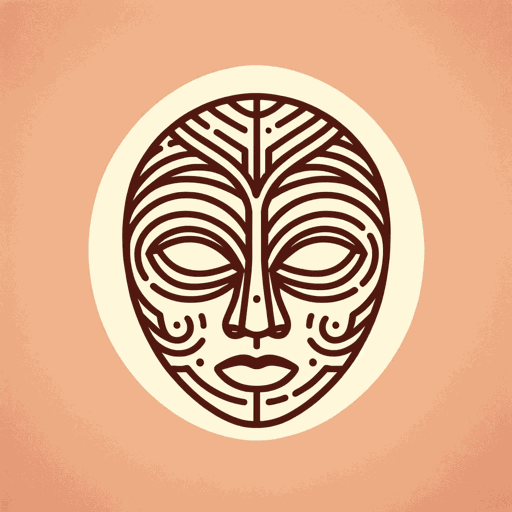18 pages • 36 minutes read
Léopold Sédar SenghorPrayer to the Masks
Fiction | Poem | Adult | Published in 1945A modern alternative to SparkNotes and CliffsNotes, SuperSummary offers high-quality Study Guides with detailed chapter summaries and analysis of major themes, characters, and more.
Background
Literary Context
Senghor was one of the founding members of the Négritude movement, an artistic and ideological belief that stemmed from Black intellectuals’ experiences with racism while living in Europe in the beginning of the 20th century. Through their art and politics, they strove to build a sense of pride in one’s African heritage and identity, refusing to settle for assimilation by colonizing Western cultures. “Prayer to the Masks” perfectly aligns with Senghor’s Négritude philosophy. The poem finds the narrator looking back on the past admiringly. Rather than reject African history and assimilate with Western culture, the narrator embraces the past, finding respite and ancestral connection through the titular masks: “You purify the air of eternity, here where I breathe the air of my / fathers.” (Lines 8-9). Throughout the poem, the narrator addresses the spirits of the dead directly, keeping their memories alive and emphasizing that honoring the past is crucial and beneficial.
“Prayer to the Masks” also considers the present and encourages Africans to place themselves at the forefront of a new dawn. This message is likewise fitting for the Négritude movement and Senghor’s personal beliefs, which hoped to create a more prosperous future for Black people. The narrator of the poem honors the past, which, in the end, leads to a renewed sense of resilience and strength: “But we are the men of the dance whose feet only gain / power when they beat the hard soil.

